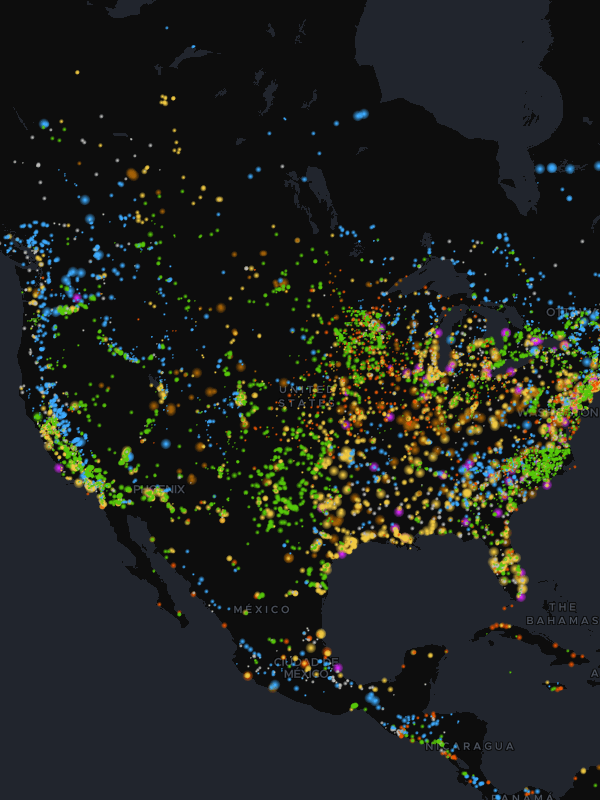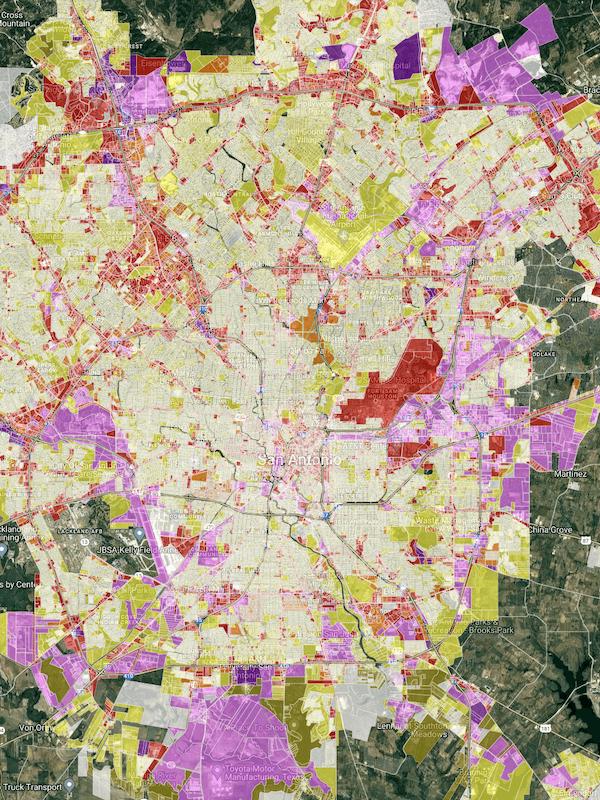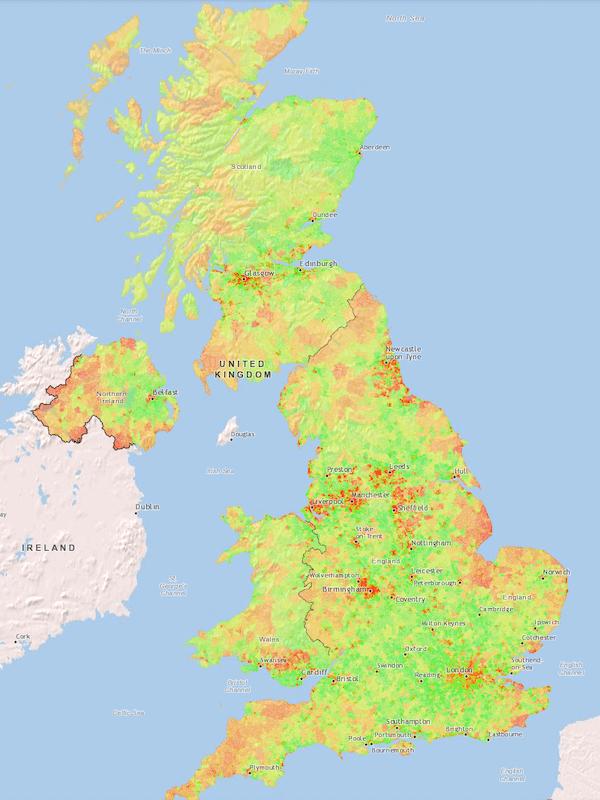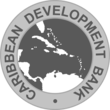The Global Power Plant Explorer
Open app
Filter by country & fuel type. Click individual plants for detailed info and satellite view.
A deep, visual dive into the planet’s energy heartbeat. Discover the distribution of energy sources worldwide and see where nations stand in the global energy production race.
Fueling the future
The type of fuel utilized by power plants is central to debates about both environmental sustainability and energy security. Let’s have a look at some interesting facts:
Dominant fuels: Currently, Coal and Petcoke dominate the energy scene, accounting for a whopping 34.5% of total capacity worldwide. This is followed by Gas at 26.26%.
Harnessing nature: Renewable energy sources, when combined, present a substantial slice of the pie. Hydro, Wave, and Tidal power account for 18.47% of total capacity. Surprisingly, more common green energy sources like Wind, Solar, and Geothermal trail at 8.14%.
Titans of power
A hydro giant: The Three Gorges Dam in China reigns supreme with an astonishing capacity of 22,500 MW.
Powerhouse nations: China and the USA are by far the biggest players in terms of power capacity. Interestingly, China’s heavy reliance on coal is evident, while the USA has a more diversified mix, with gas taking a large portion.
Renewable Energy Countries like the USA, Germany, and the UK have significant capacity in solar, wind, and geothermal. This suggests a promising shift towards cleaner energy sources in these countries. However, this transition is not uniform across all nations. Some countries like Saudi Arabia and Kuwait have almost no capacity in these renewable sources, indicating regional variations in energy priorities and resources.
Data source
The Global Power Plant Database is a comprehensive, open source database of power plants around the world collected by World Resources Institute. It centralizes power plant data to make it easier to navigate, compare and draw insights for one’s own analysis. The database covers approximately 35,000 power plants from 167 countries and includes thermal plants (e.g. coal, gas, oil, nuclear, biomass, waste, geothermal) and renewables (e.g. hydro, wind, solar). Each power plant is geolocated and entries contain information on plant capacity, generation, ownership, and fuel type. It will be continuously updated as data becomes available.














